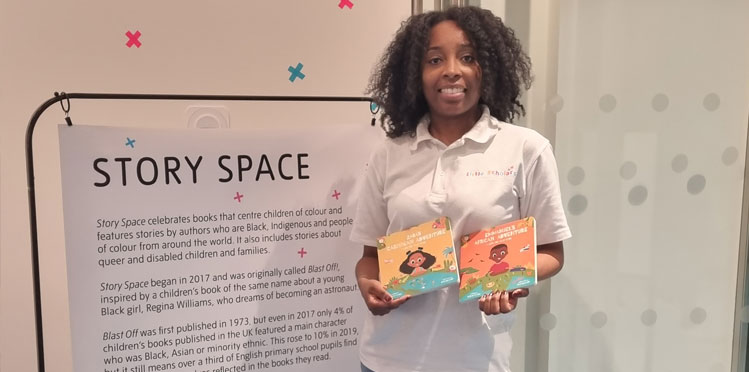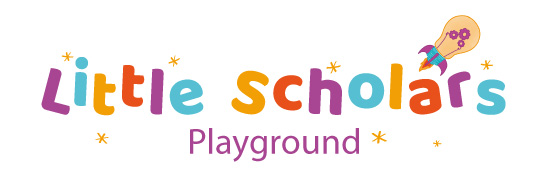Our storytelling at Story Space in Tate Britain and the importance of storytelling
Estimated reading time: 4 mins

Storytelling is a great way to influence and inspire children. It’s a way for children to learn and connect with people and ideas. Stories teach children about other cultures and history. They can also help to build familiarity and a connection with the person telling the story and allows children to ‘enter a new world’ through the story. Stories also allow children to understand more complex information in an engaging and fun way.
There are three types of learners.
- Visual learners – most children are visual learners and learn best through diagrams, illustrations and videos
- Auditory learners – children who learn best through discussions
- Kinaesthetic learners – children who learn best through doing
Storytelling caters to all three of these types of learners. Visual learners will enjoy the illustrations, Kinaesthetic learners connect with the feelings that the story evokes and Auditory learners will connect with the words in the story.
Stories are easy for children to remember, more than facts and numbers. That’s why repetition and regular reading to children is important. Reading diverse books to children is also important, as they can also help to change current attitudes and beliefs. Places like Story Space in Tate Britain are great. Story Space is a workshop for families of all ages to come together, imagine, and explore the world of storytelling at the Tate Britain. You can discover a library of books by Black authors, Indigenous authors and authors of colour from around the world.

We recently did a Storytelling of two of our books. Zara’s Caribbean Adventure and Emmanuel’s African Adventure. It was lots of fun connecting with both parents and children. In Zara’s Caribbean Adventure she attends Carnival, so I brought one of my headpieces and in Emmanuel’s African Adventure, Grandmama goes to the market, so I brought out a basket and got the kids to name the fruit and veg common in Africa. It was a great way to expose the children to the African and Caribbean culture.
Natalie
Little Scholars Playground
info@littlescholarsplayground.com

About the author

Natalie is the co-founder and illustrator at Little Scholars Playground. She is passionate about literacy, learning, illustrating, black women in STEM and Montessori.
